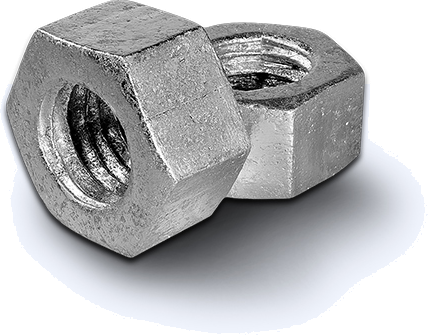Comprehensive Guide to Hydraulic Check Valve Types
Understanding Hydraulic Check Valve Types
Hydraulic systems play a critical role in various industrial applications, necessitating the use of reliable components to ensure safety and efficiency. One such essential component is the hydraulic check valve, which helps maintain the directional flow of fluid while preventing backflow. There are several types of hydraulic check valves, each designed for specific applications and operating conditions.
1. Spring-Loaded Check Valves
One of the most common types, spring-loaded check valves utilize a spring mechanism to hold that valve closed under no-flow conditions. When the fluid flow exceeds a certain threshold, the pressure overcomes the spring force, allowing the valve to open. These valves are typically used in systems where quick response and positive sealing are crucial, such as in hydraulic cylinders and pumps.
2. Piston Check Valves
Piston check valves, also known as ball check valves, use a movable piston that opens when fluid flows in the intended direction. These valves provide excellent sealing capabilities, making them suitable for high-pressure applications. They can handle larger volumes of fluid and are often found in large hydraulic systems, such as those used in construction machinery and mining equipment.
hydraulic check valve types

Diaphragm check valves utilize a flexible diaphragm that moves in response to fluid pressure. When fluid flows in the correct direction, the diaphragm lifts, allowing passage; if the flow reverses, the diaphragm seals against the valve body. These valves are particularly effective in preventing backflow in systems where fluid cleanliness is paramount, such as in food processing or chemical industries.
4. Swing Check Valves
Swing check valves consist of a disc or flap that swings open on forward flow and seals against the valve seat under backflow conditions. These valves are advantageous in larger pipelines due to their simple design and lower pressure drop compared to other types. However, they require more space to operate and are primarily used in applications such as irrigation systems or water supply.
5. Lift Check Valves
Lift check valves feature a disc that lifts off its seat in response to forward flow. They are more compact than swing check valves and can be used in both horizontal and vertical installations. These valves are ideal for applications with variable flow conditions and are considered a good choice for applications requiring rapid response times.
Conclusion
Understanding the different types of hydraulic check valves is essential for optimizing fluid control in hydraulic systems. By selecting the appropriate valve type based on specific operational requirements, engineers can enhance the reliability and efficiency of their hydraulic applications.
-
The Key to Fluid Control: Exploring the Advantages of Ball Valves in Industrial SystemsNewsJul.09,2025
-
The Versatile World of 1, 2, and 3 Piece Ball ValvesNewsJul.09,2025
-
Stainless Steel Ball Valves: The Ideal Choice for Efficient Flow ControlNewsJul.09,2025
-
Optimizing Fluid Control with Ball Float ValvesNewsJul.09,2025
-
Manual Gate Valves: Essential for Control and EfficiencyNewsJul.09,2025
-
Everything You Need to Know About Butterfly ValvesNewsJul.09,2025
-
The Versatility of Wafer Type Butterfly ValvesNewsJul.08,2025




